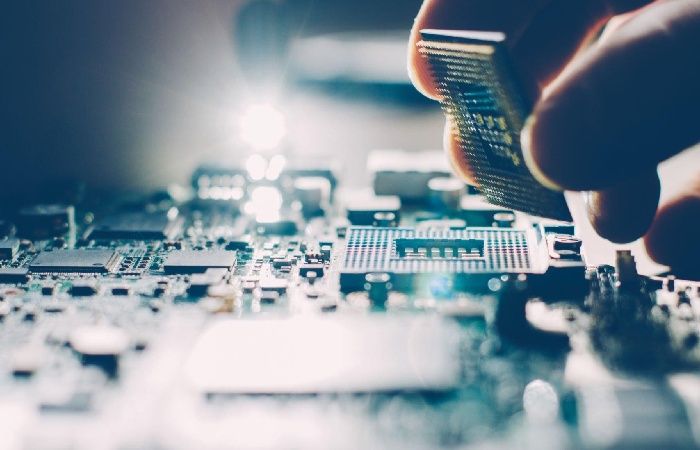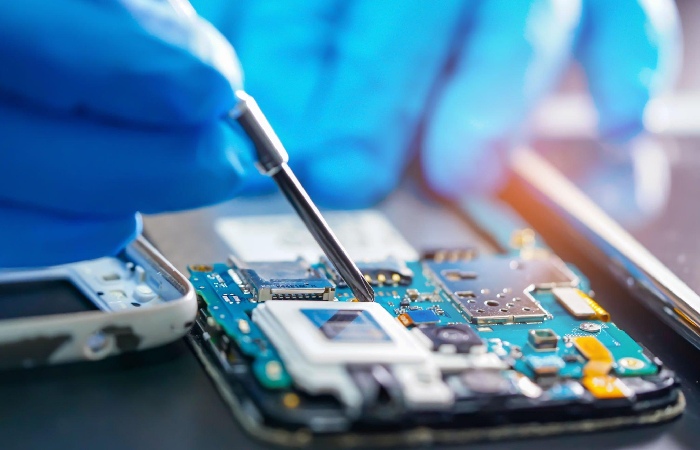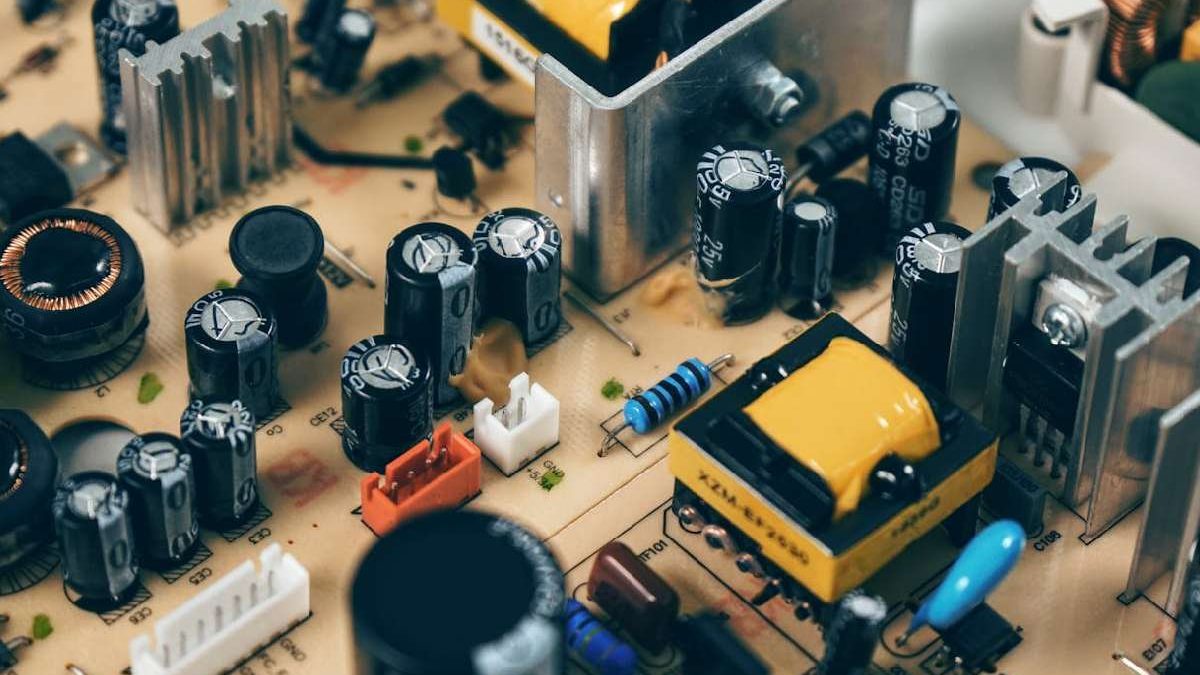What is Motherboard? – A Motherboard is a common component where all other members in any electronic device interconnect. It is, in this way, the base of all the ingredients. We usually refer to a motherboard when we talk about a computer, although any other device, such as smartphone or tablet… has its motherboard. In this text, we will focus on the motherboard of a computer.
There are many Motherboards of different dimensions, designed for other processors and with additional sockets and chipsets; let’s go through better parts. Starting with the dimensions, the most common are divided into four formats: E-ATX, ATX, Micro-ATX, and Mini-ITX, from largest to smallest. Each can be designed for AMD or Intel processors (processor manufacturers), and within one of these manufacturers, it will be created for a specific range.
Table of Contents
What is Motherboard ?
A motherboard connects many components and forms a functional electric expedient. In the field of processers, the rest of the internal mechanisms connect to the motherboard through various ports. The graphics cards go to Pie ports (in the past, they went to PCI or AGP, now in disuse), the RAM to the DIMM ports, and the processor to its socket, and in this way, they connect through the same common element, the motherboard.
That is why it is an essential component, the RAM or the processor. Still, the weight of the motherboard is more remarkable since it has to incorporate all the necessary connections for communication between components.
Features of Motherboard
- The motherboard is the place of addition and contact amid the various components of the computer system.
- It is the leading and largest module, where the data from the microprocessor distribute, and the instructions transmit to the memory, information storage systems, and peripherals.
- It might be said that it is the dominant nervous system of the processer, the place where its minimum and essential operations carry out.
of MotheTypesrboard
Motherboards are usually classified rendering to the number of microprocessors they can hold simultaneously. Thus, we will talk about:
- Uniprocessor motherboards are arranged to household a single microprocessor installed at a time.
- Multiprocessor motherboards: Those that, on the conflicting, can have several microprocessors installed (2, 4, and even eight at the same time), thus accumulating their combined power.
Parts Of Motherboard

The components of a motherboard are the following:
Power supply connectors: The different cables and devices that deliver the board assembly with the necessary voltages so that its various parts operate stably and continuously.
CPU socket, Called socket, is the receptacle for the microprocessor (or several), which connects it to the rest of the system and finishes the motherboard’s front bus.
RAM slot: The slots ( slots ) of RAM ( Random Access-Memory, or Random Access Memory) use to house modules of this processing memory. They usually decide in pairs and have certain specifications that define the type of RAM modules used in the computer.
Chipsets: It is a series of electronic tours that transfer information between the numerous parts of the computer, such as the computer, memory, secondary storage units, etc. It is generally divided into two different sections:
North Bridge (North Bridge): It interconnects the RAM, the microprocessor, and the graphics processing unit.
Southbridge (South Bridge). Interconnect peripherals and secondary storage devices, local or external.
Other components: The motherboard also has other rudiments such as the system clock, the sweatshop pre-programmed BIOS, the internal or obverse bus of the Chipset (in disuse), and the CMOS, a diminutive form of memory to reservation the minimum data of the equipment, such as its settings, time and date.
How to know what is Motherboard?
The most traditional method of finding out which motherboard is on a computer is to open the CPU case and look at the most significant card into which all the others insert.
But there are more straightforward and less invasive approaches, mainly if we are not specialists in the field and we are afraid of putting the scheme at risk, or if our computer is a laptop or other minor format that would not be easy to undo. There are two ways to deprive of resorting to the screwdriver:
With Windows 10, a native working system tool called msinfo32 is used. To open the run command, we must media Windows + R, write “msinfo32,” and press receive. A window will open covering a “System Summary.” It will enough to click on it to access the information we are looking for.
With other apps: There are third-party programs such as CPU-Z that can use to examine our computer’s contents and frequently have free download forms.
Motherboard Formats

We can find different formats of motherboards in the market. Although other forms currently exist, we will focus on the four most common formats.
E-ATX
The E-ATX format is the main on the market and is specially design for advance systems. The base plates of this format have standard dimensions of 305x330mm.
Typically these motherboards design for Workstation category processors and the like. They characterize above all by consuming up to 8 RAM slots and many VRM phases. Additionally, this motherboard usually has between 4 and 5 Pie x16 slots for expansion cards, such as graphics cards.
A Brief History of the Motherboard
The modern motherboard conceives long after the first computers. The latter used more straightforward machines without coordinating many procedures simultaneously. Before the consumer market took off, there wasn’t much request for mainboards to mass-produce.
How to Upgrade your Motherboard?
The motherboard usually mount at the rear, as far away from the cabinet cut-out panel. In an area designated for installation. However, main boards also play an essential role in computer upgrades.
Anything you upgrade to a new model must be able to connect to the motherboard properly. And also, It would need assistance. If you made sure the motherboard has the right connections for the upgrade. If you have in mind, which can sometimes be a problem.
Conclusion
The motherboard is also called the motherboard and the motherboard is a board that contains a print circuit. In which all the components that make up a computer connect. Among that series of integrated circuits that it has installed is the chipset. Which is the connection Centre between the computer, the RAM, the expansion buses, and other devices.
It contains within a sheet metal box. And also, It has a panel that allows you to connect external devices and many other internal connectors and sockets. That facilitates the installation of components inside the box.

